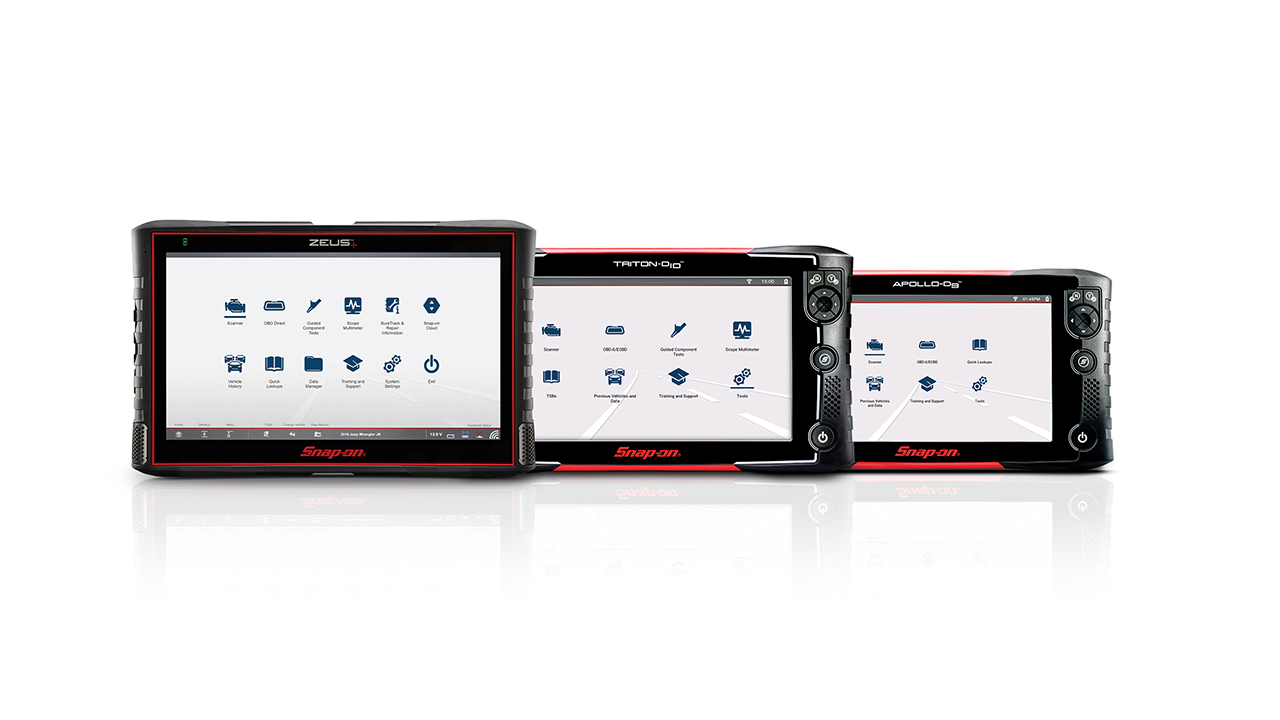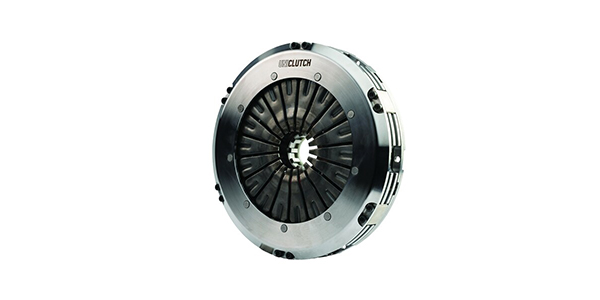Anyone who has been around the block a few times in the service and repair industry is bound to get called at some point by a customer (or another shop) that has a problematic vehicle that nobody can figure out. Usually at this point some ridiculous amount of money and time has been spent on the problem with no solution in sight, and this has the customer talking of selling the car, or possibly burning it to the ground.
Not long ago a case such as this rolled into our hands after the vehicle in question – a 1996 Chrysler Sebring Coupe – had been to two other repair shops. The complaint was of an occasional no-start, and when the vehicle did start, it ran poorly below approximately 2,500 rpm. Above this engine speed, the vehicle smoothed out, but engine power was down.
According to the customer, the first repair shop did “the usual” tune up including replacing the plugs, wires, cap, rotor and all filters and performing an injector cleaning. This did nothing to cure the problem. The first shop recommended the customer to the second shop. The second shop specialized in driveability problems. This shop double-checked the components that were replaced and performed a timing belt replacement when they noticed that the belt was worn. After installing a new timing belt, the vehicle ran better, but still didn’t seem quite right. At this point, the customer decided that he didn’t want to invest any more money in the car and decided to drive it as-is. About two weeks later, the vehicle was back to square one, performing as poorly as before the timing belt change. This is when the customer brought the vehicle to us.
After hearing the above history, I did what I always do in a case like this, and that was to ask if the customer was willing to pay us to completely diagnose the vehicle. This question is usually the last one a customer wants to hear, as it doesn’t coincide with the money he’s willing to spend in a situation like this. However, in a case like this, you can’t work with unknown variables. Proper and extremely thorough diagnosis is the only way to go. After calling his wife and wincing for five minutes, the customer gave his approval and we were off to the races.
Shamefully, while it was with us, the vehicle wasn’t a no-start. Most of the time, a no-start problem is easier to pick off, but this vehicle was running poorly enough that the problem would likely be relatively easy to catch. I always harp about checking the basics and all of the input signals, and this case was no exception. No one may thank you for it, but checking DTCs and TSBs isn’t such a bad idea either. As with any gasoline internal combustion engine, it’s all about air, fuel, ignition and timing. The first three were there, but there was an apparent timing problem.
Having looked at the components replaced by the first shop, I felt pretty sure that the parts and work were of good quality. A quick check with the scope showed that all was indeed well in terms of signals, ignition output and proper fuel control, but there was the rough-running problem that followed a hard start. While there were slight variations in the ignition secondary voltage firings, I set the blame for this on the engine’s hunting rpm. When the engine is constantly varying in rpm, the calculated ignition timing (by the ECM) and engine load change with it. This will affect what goes on in the combustion chamber and the speed and ease with which the mixture burns. Slight changes are nothing to be alarmed about. If you find one that’s over 30% off from the variation of the rest of the cylinders combined, you may have found your next task. The same can be said for the fuel injection waveforms. The waveforms must look fine in terms of integrity and amplitude, but the pulse-width will definitely change with changing engine speed and load. If the engine hunts between 900 and 2,200 rpm, as with this particular car, you can expect to see pulse-widths in the range of 1.2 ms to 4.5 ms. If the engine rpm drops too fast, the engine computer may even enter a stall-saver mode. The point is that it’s the signal integrity that matters here. The duration of actuation will be all over the charts until the hunting problem is fixed.
As I readied the scope to check the crank and cam sensor signals, I remembered a similar situation that had occurred while I was at my friend Jeff’s shop. Jeff owns Autotronics in Deerfield Beach, FL. Not long ago, I was at his place on a Saturday when a similar problem had occurred with a similar vehicle. After checking the timing belt (recently replaced by another shop), Jeff was buttoning the unit back up when Bill, another expert wrench at Autotronics, mentioned that we check the automatic belt tensioner. He knew that these were problematic units and may need to be changed prior to installing a new belt.
At this point, while Jeff was already tackling the problem, I had the bright idea of checking the timing variation of the belt using a scope. Since the distributor runs off the cam, it makes sense that reading the cam and crank sensors simultaneously would give us an indication of a defective tensioner. If the two signals wavered in relation to one another, we would know that we had a defective part.
After hooking up the scope to the two sensors, we found some interesting facts. One was that the automatic tensioner was indeed defective (shown in Figure 1), as the crank and cam sensor signals did waver in relation to each other, and the second was that the signals used in the Chrysler applications of Mitsubishi’s V6 use the same crank and cam sensor profiles as the Jeep in-line six cylinder engines (shown in Figure 2). This little surprise is not uncommon as the OEs try to use the same software as often as possible on as many applications as possible. Why re-invent the wheel if it’s not necessary? Using similar software and control algorithms to run multiple engines saves the manufacturers some R&D money, and keeps our record-keeping down to more manageable levels – further evidence that it pays to keep notes. Having said the above, no points will be awarded to anyone who guesses the next logical step in my diagnosis with the customer’s car I now had in my shop.
As before, I proceeded to hook up the scope to the crank and cam sensor signals. Voila! Defective tensioner. Watching this little phenomenon on the screen is a bit of a chuckle. I wait for the signal to go way out of sync before logging a picture to print for the customer. Having diagnosed the problem in short order, the belt tensioner replacement was next on the list. As you can imagine, depending on the severity of the sync problem caused by the defective auto tensioner, the vehicle may not start at all, or it may start hard and run extremely poorly at lower engine speeds.
After ordering a new unit, it was installed on the front lower right-hand side of the block as shown in Figure 3. The torque rating for the tensioner mounting bolts is 17 ft.-lbs. By following the timing belt installation instructions in the shop manual, the rest of the job was squared away and the vehicle put back together. I started the vehicle up with ease and it ran like clock-work for a car with 128,000 miles on the odometer.
One little tip that I think is worthwhile is to use the “Set Trigger” capability that many scopes have to perform a final test of your work in a case like this. If you check your own scope, you may find it labeled differently, but most scopes do have this function. Setting the trigger allows you to choose which signal the scope will snap the picture to, and which part of the signal, meaning the rising or falling edge of the captured waveform. I use this feature in cases like this to double-check my work when I’m done, as I’m not particularly thrilled when getting a comeback, and I know that the customers are even less so.
By setting the trigger to the crank sensor (rising or falling edge doesn’t matter here), you can now start the engine and rev it up and down while watching the cam sensor signal like it’s going for your wallet. Since the crank sensor signal is locked in one position on the screen, any variation in the cam sensor signal (due to a defective belt or tensioner) will show rather obviously.
With no variation present, we can declare it a job well done and send the customer on his merry way. With this quick and accurate way of checking belt tensioner operation with the vehicle running, you can help reduce overall diagnostic time significantly and help your frustrated customers from spending more money than they need to. Wincing no longer necessary.


